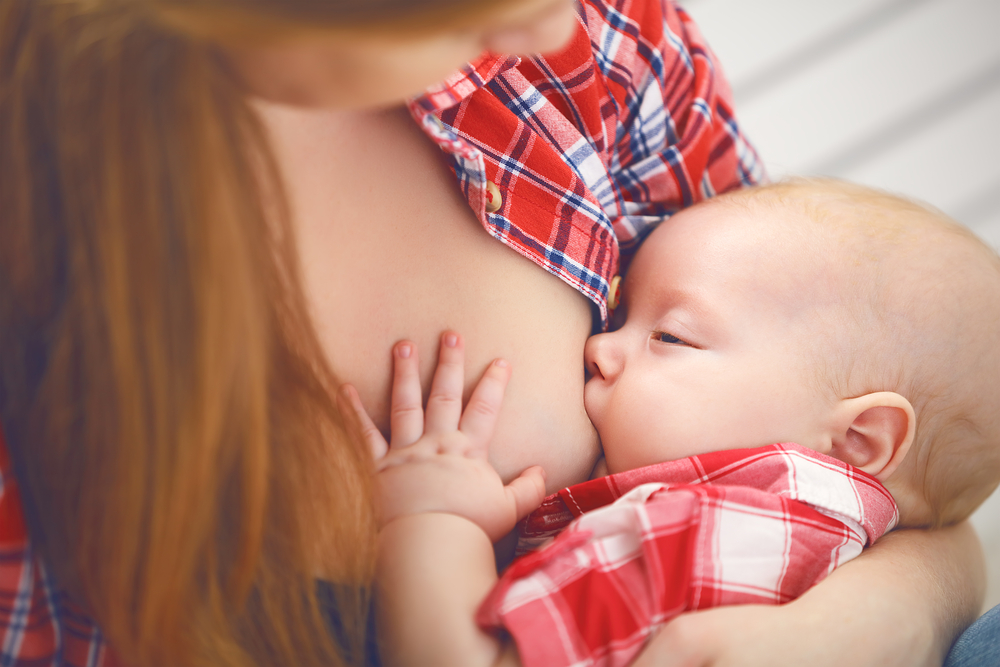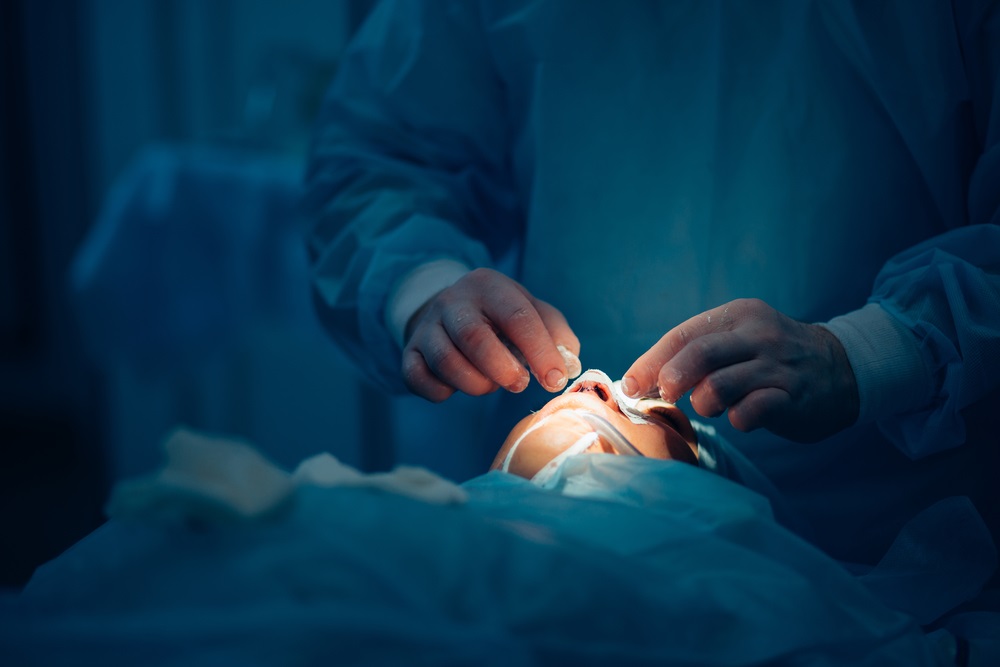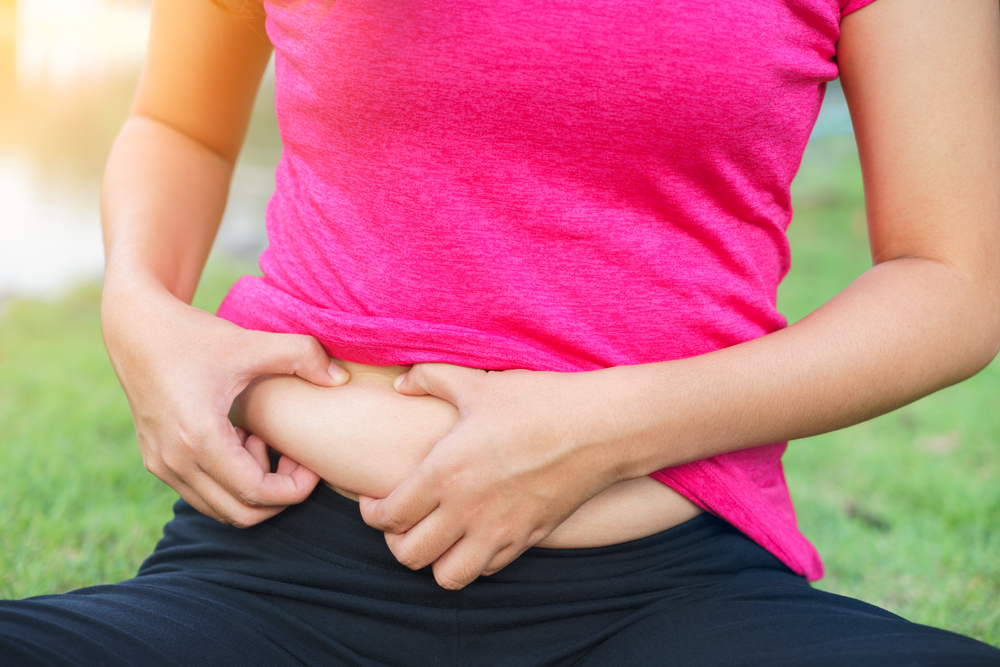There’s no denying it. Breasts are aesthetically pleasing. Accordingly to recent statistics, the demand for breast enhancement surgery has grown steadily over the past ten years, making it the most popular cosmetic surgical procedure in the United States.
But breasts are also functional. So it’s only natural that women who dream of having a family of their own someday might be hesitant about getting breast implants, for fear they might negatively impact their ability to breastfeed.
In order to help set the record straight, we’ve answered many of the most common questions concerning breast implants and breastfeeding — along with a few others you might not have thought to ask.
Should I get breast implants if I plan on having kids?
As you’ll see later in this article, breast augmentation actually can affect breastfeeding. As such, we can’t tell you there’s no reason to wait until you’ve stopped having kids before having your breasts augmented. That said, breast implants absolutely will not harm you or your child during pregnancy.
If you’re eager to have your breasts augmented and don’t expect to be having a baby anytime soon, then you should consider going for it. Just make sure to mention your plans to your plastic surgeon. But if you’re already pregnant or actively trying to get pregnant, you would be wise to wait until after you’ve finished breastfeeding your future child.
How will becoming pregnant affect my breast implants?
Pregnancy often results in increased breast size as women’s bodies prepare for the coming baby. Weight gain can cause natural breasts to swell and sag over the course of a pregnancy, with there being some concern that the added volume from breast implants could exacerbate these changes.
While pregnancy shouldn’t damage or in any other way interfere with the integrity of implants, remember that breasts usually experience permanent changes after childbirth, implants or no implants.
Will breast implants prevent me from breastfeeding?
Not necessarily. A 1996 study by Hurst compared the breastfeeding experiences of 84 women half with breast implants and the other half without them. Of the 42 women with breast implants, 27 (or 64%) experienced “insufficient lactation.” In other words, they did produce breast milk, but they were unable to produce enough to adequately provide for their newborns. On the other hand, only 3 of the women without breast implants (less than 7%) had the same problem.
The researchers concluded that “a significantly greater incidence of lactation insufficiency was found in augmented women compared with non-augmented women.”
Don’t let yourself be too disheartened by these statistics. A woman’s success with lactation is affected by numerous biological and environmental factors. Even the particulars of a given breast surgery can affect a woman’s capacity to produce sufficient milk. A 2007 study on the relationship between breast augmentation and future lactation suggests that “good surgical technique and proper postoperative management” may increase your chances of successful breastfeeding.
What’s more, in the book Breastfeeding and Human Lactation, authors Karen Wambach and Jan Riordan, both nursing professors, write that lactation would be impacted by the placement and amount of scarring inside the breast as well as by the location of the incision.
Is it safe to breastfeed my child if I have silicone implants?
Medical professionals used to be concerned about the interaction between silicone gel breast implants and lactation, afraid that the silicone could spread over the implant’s membrane, thereby tainting the milk supply and causing children to ingest unsafe levels of silicone. These days most medical professionals maintain that breastfeeding with silicone breast implants is safe. However, it’s still recommended patients consult with their doctors before doing so.
A 1999 study published in the Annals of Plastic Surgery noted that among test subjects, women with silicone gel implants had higher levels of silicone in their blood than those with no implants, although the difference wasn’t great enough to be significant. The researchers also noted that the average silicone level in breast milk was not appreciably different between 15 of the women with implants and 34 of those without them.
Despite this study, since 2013 the Food and Drug Administration (FDA) has held the position that it remains unclear whether silicone leaks silicone leaks into breast milk because no reliable method yet exists to detect it.
Am I at a greater risk of mastitis if I have breast implants?
Mastitis is an infection that typically results from clogged milk ducts. Breasts that experience increased pressure as they fill with milk are at a greater risk of developing these clogged ducts, one more reason why medical professionals recommend women avoid wearing clothing that fits too tight.
Breast implants also put pressure on these ducts. As the breast fills with milk, the liquid vies for space against the implant. The larger your implants are in proportion to your natural breast size, the more likely you are to get mastitis.
However, don’t let this scare you away from getting the implants that you desire. Mastitis is a common and treatable condition that happens to many women, regardless of whether they have implant or not. Further, diligent breast care and breast drainage will help reduce the risk of it occurring.
Will my breasts be more painful when engorged?
Engorgement occurs when breasts are overfilled with milk. In fact, they may become so full that they leak onto your clothes. Engorgement is painful with or without breast implants, and it remains unclear whether women with implants actually experience more pain when their breasts are engorged.
Breast implants certainly put them at greater risk of becoming engorged, and pressure from the implants or significant scar tissue related to the surgery can increases this risk. This is a blessing in disguise, however, as women who become engorged are probably producing a significant amount of breast milk.
Can the size of the implant cause complications?
Implants that take up a larger percentage of the natural breast are more likely to create pressure, which in turn leaves women at a greater risk of engorgement, plugged ducts, and mastitis.
Will breast implants cause latching problems?
There is no firm evidence to suggest breast implants cause latching problems. An infant’s ability to latch onto a breast is much more likely to be affected by the shape and size of their mouth. Infants with tongue complications (like tongue-tie) may also experience latching struggles. However, these concerns are unrelated to implants and should be addressed with a lactation consultant.
Help, I’ve started lactating, but I didn’t have a baby!
Somewhat ironically, the same breast implants that may reduce milk supply can also cause spontaneous milk production that is unrelated to breastfeeding.
Galactorrhea is a condition characterized by sudden and inappropriate milk production, even among women who’ve never been pregnant, and is typically brought on by hormonal imbalance or medication. There are reports, however, of rare cases where galactorrhea has been brought on as a result of breast augmentation surgery. The solution, apparently, has been to remove the implant.
Along these same lines, women with breast implants are also at risk of developing a galactocele. These milk-filled cysts reside in the mammary gland and are common during lactation. They typically manifest as painful lumps and are often mistaken for cancer.
Can my surgeon reduce the risk of breast feeding complications?
Absolutely. The placement of both the incision and the implant can change the impact the surgery has on breastfeeding.
First, let’s talk about placement. Typically breast implants are placed between the muscle and the glandular tissue or beneath the muscle, leaving it as a buffer between the implant and the glandular tissue. The former is known to have a more negative impact on milk supply while the latter cushions the glandular tissue more.
As far as incisions go, the periareolar incision is shown to have the most negative impact on breastfeeding, as was the case in this 2016 study. This incision is located in a semi-circle under the areola and dissects part of the glandular tissue responsible for creating breast milk. Talk to your surgeon about one of the three other common types of incisions:
- Inframammary incision – incision in the crease under the breast.
- Transaxillary incision – incision in the armpit.
- Transumbilical incision – incision around the belly button.
Keep in mind that there’s no easy “yes or no” answer when it comes to whether breast augmentation surgery will negatively impact breastfeeding. The reasons behind a patient desiring implants in the first place could have an equal, if not greater, impact on lactation.
If you get breast implants because you’re breasts are underdeveloped or damaged in an accident, you may find that your chances of successfully breastfeeding were going to be poor no matter what. Any damage done to the breast tissue or lack of development of that tissue is likely to have a significant impact on lactation.
Conversely, if you get breast implants in healthy breasts purely for cosmetic reasons, you might find the odds to be a bit more in your favor.
Whatever your reasons for seeking implants, understand that breastfeeding is always a complicated practice, the success or failure of which can depend on everything from age and genetics to overall health and hormonal balance. Even certain breast types can have varying degrees of success with lactation.
So be sure to forgive yourself if you struggle with low milk production, there’s a lot more going on there than you might have realized.









